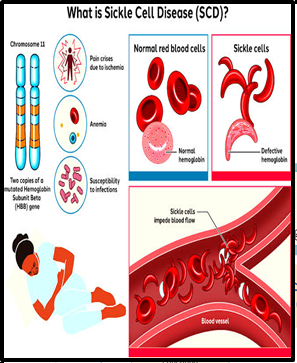“ICMR SEEKS PARTNERS FOR PEDIATRIC HYDROXYUREA FORMULATION FOR SICKLE CELL”
Why in the news?
- The Indian Council of Medical Research (ICMR) seeks partners to develop and commercialize a low-dose or pediatric oral formulation of hydroxyurea for treating sickle cell disease, addressing the lack of appropriate doses for pediatric patients.
- With over 20 million sickle cell disease cases in India, the initiative aims to improve treatment accessibility and accuracy, reducing dose-related side effects and enhancing the effectiveness of hydroxyurea therapy.
source:prepladder
About Indian Council of Medical Research (ICMR):
- The Indian Council of Medical Research (ICMR) is India’s apex body for biomedical research.
- Established in 1911 as the Indian Research Fund Association (IRFA).
- Renamed as ICMR in 1949.
- Funded by the Government of India through the Department of Health Research.
- Responsible for formulating, coordinating, and promoting biomedical research in India.
Understanding sickle Cell Disease (SCD):
About Hemoglobin:
What are Chondrocytes:
Functions:
Associated Article: |




